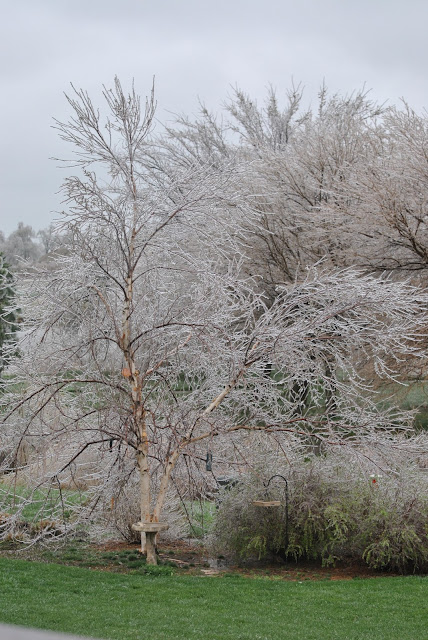Our bus drove us to Caesarea Maritime.
King Herod built Caesarea as a luxurious city, carefully planned city laid out on a grid Greco-Roman style. It had paved streets and monuments such as temples, a Palace, public baths and entertainment sites. Caesarea's strategic location placed it at the juncture of important trade routes. The harbour offered no natural advantages as the currents were dangerous and there were problems with silting. Using ingenious technical advances, Herod's engineers constructed two huge breakwaters, lined with warehouses. At the end of the breakwater stood a lighthouse, whose fires burned 24 hours a day. Six enormous bronze statutes marked treacherous sandbars. To ships coming in from the sea, the sight must have been truly impressive.
The wealth of Roman Caesarea is reflected through the wide range of stone particular to the Roman building style. Marble and granite were brought from all over the Mediterranean and Eastern coasts and especially from the famous quarries of Greece, Turkey and Egypt.
The theatre offered seating for more than 10,000.
As we walked by the theatre on our way to this area below for our lesson time, we passed a group of Asians singing "Amazing Grace". Very worshipful and touching!
Later on, an Asian girl was passing our little group and she stopped to ask me in halting English what we were doing. I showed her our syllabus "Exploring Bible Times: Field Notes" and mentioned that we were doing a Biblical studies tour. She gave me a big smile. "I am a Christian too. I am from China!" We hugged each other. "We are sisters" I told her. "Yes! Sisters!" We both had tears in our eyes. Someday I will ask her her story!
Jutting into the sea are the excavated remains of an impressive palace with a pool in its western section.
Just think! Paul was right here, in this court, appealing to Caesar!! (Acts 25:11) He lived under house arrest in Caesarea for 2 years. To the Romans, the idea of people believing in a Messiah was to them a political coup. Christians were considered traitors to Rome. Paul would argue that Christians were not traitors and no threat.
Caesarea was home to Cornelius in whose house Peter first preached to the Gentiles. It was the place of residence of Philip, the evangelist. Later, Peter was rescued by the prayers of the people in this city.
James was beheaded here.
A riot incited the outbreak of the first Jewish revolt against Rome. So much history!
King Herod's Hippodrome - This edifice, whose location perfectly matches Josephus' description, was built for the inauguration of the city in 10/9 BC. This hippodrome was the venue for the Action Games instituted by King Herod in honor of the Roman emperor Augustus. The games were held every four years, and included horse and chariot races, athletics, gladiatorial combat and hunting.
Beautiful mosaic flooring in the hot tub.

A bride and groom were having their pictures taken.
A shirt for sale in the gift shop.
In the 9th century (Arab period), a fortified city surrounded the harbour, with high walls and dry moat.
The Roman aqueducts - Since Caesarea had no rivers or springs, drinking water for the Roman and Byzantine city was brought via a water aqueduct, bringing fresh water from Mt. Carmel, an elaborate water and sewer system.
Following the Arab conquest in 640, Caesarea lost its political and economic significance. Most of its citizens left the city and it became a forsaken village. In the 9th century, with the development of sea-trade and the recovery of coastal cities, Caesarea was refortified. It was conquered by the Crusaders in 1101 and ruled by the Knights of Garnier. It was again destroyed and rebuilt. Later Bosnian refugees settled here. In recent years, new residential areas were built in the vicinity. Caesarea is now a national park. Excavations are still underway.









































































